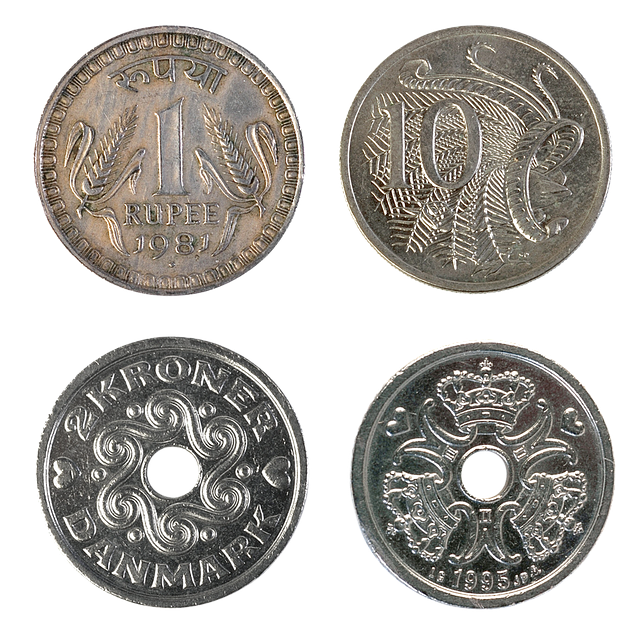Understanding title loan vehicle condition requirements is key to securing favorable terms. Lenders assess factors like mileage, maintenance history, and damage to determine a car's value for collateral. Regular upkeep boosts loan amounts and rates, while good condition (minimal wear, reliable operation, clean service records) expedites approval, especially for truck title loans.
Looking to secure a title loan but unsure about your vehicle’s condition standards? This guide breaks down the essential factors for understanding and meeting the requirements. From basic knowledge of title loans to defining ‘good’ vehicle condition, we’ll navigate you through the process. Learn what lenders consider, common criteria, and real-world examples to ensure your car passes inspection and secures your loan. By understanding these title loan vehicle condition requirements, you’re one step closer to accessing the funds you need.
- Understanding Title Loan Basics: A Quick Overview
- Key Factors in Vehicle Condition Requirements for Title Loans
- What Does 'Good' Condition Really Mean? Practical Examples
Understanding Title Loan Basics: A Quick Overview

A title loan is a type of secured lending where an individual borrows money using their vehicle’s title as collateral. Unlike traditional loans that require extensive paperwork and credit checks, these loans offer a straightforward process, making them an attractive option for those in need of quick cash. The primary security comes from the borrower’s motor vehicle, which serves as assurance for the lender. This means if you fail to repay the loan according to the agreed-upon terms, the lender has the legal right to repossess your vehicle.
Understanding the basic mechanics is crucial when considering a title loan, especially regarding the title loan vehicle condition requirements. Lenders will assess the overall condition of your vehicle to determine its value and subsequently the loan amount you can secure. Factors such as the year, make, model, and overall state of repair play a significant role in this evaluation. While specific criteria may vary between lenders, especially when comparing Houston Title Loans, a general understanding of these requirements is essential for borrowers looking to access this alternative financing method.
Key Factors in Vehicle Condition Requirements for Title Loans

When applying for a Title Loan, understanding the vehicle condition requirements is paramount. Lenders assess your vehicle’s value and condition to determine the loan amount, making it crucial to maintain your vehicle’s overall health. Key factors include mileage, history of regular maintenance, and any existing damage or repairs. A well-maintained vehicle can help secure a higher loan value and potentially better interest rates.
Remember that lenders are not only interested in the exterior but also inspect the engine, transmission, and overall structural integrity. Keeping your vehicle in good condition not only enhances its collateral value for emergency funding needs but also demonstrates responsible ownership. This could be a deciding factor when comparing different loan offers, ensuring you get the best terms for your situation.
What Does 'Good' Condition Really Mean? Practical Examples

When it comes to “good” condition for a vehicle in the context of title loan requirements, it means the car or truck is in reliable working order with minimal wear and tear. This doesn’t necessarily mean it has to be brand new; instead, look for vehicles that have been well-maintained, exhibit sound mechanical systems, and display signs of regular upkeep. Consider a vehicle with a clean service history, where all maintenance records are readily available. This could include timely oil changes, tire rotations, and other routine services.
For instance, a truck labeled as being in good condition might have a recent inspection report highlighting no major issues, passing all emissions tests, and showing below-average mileage for its age. It should also be free from significant dents, rust, or damage. Imagine a vehicle that’s been carefully driven, avoiding harsh cornering or aggressive driving, which often leads to premature wear and tear. In the case of truck title loans, lenders are particularly interested in these details as they assess loan approval and quick funding potential based on the vehicle’s overall condition and value.
When considering a title loan, understanding the vehicle condition requirements is essential. As discussed, lenders assess factors like mechanical soundness, cosmetic integrity, and overall market value to determine eligibility. While ‘good’ condition varies, maintaining your vehicle in tip-top shape can significantly improve loan options and interest rates. By being informed about these requirements, borrowers can make confident decisions when needing short-term financial support secured by their vehicles.






